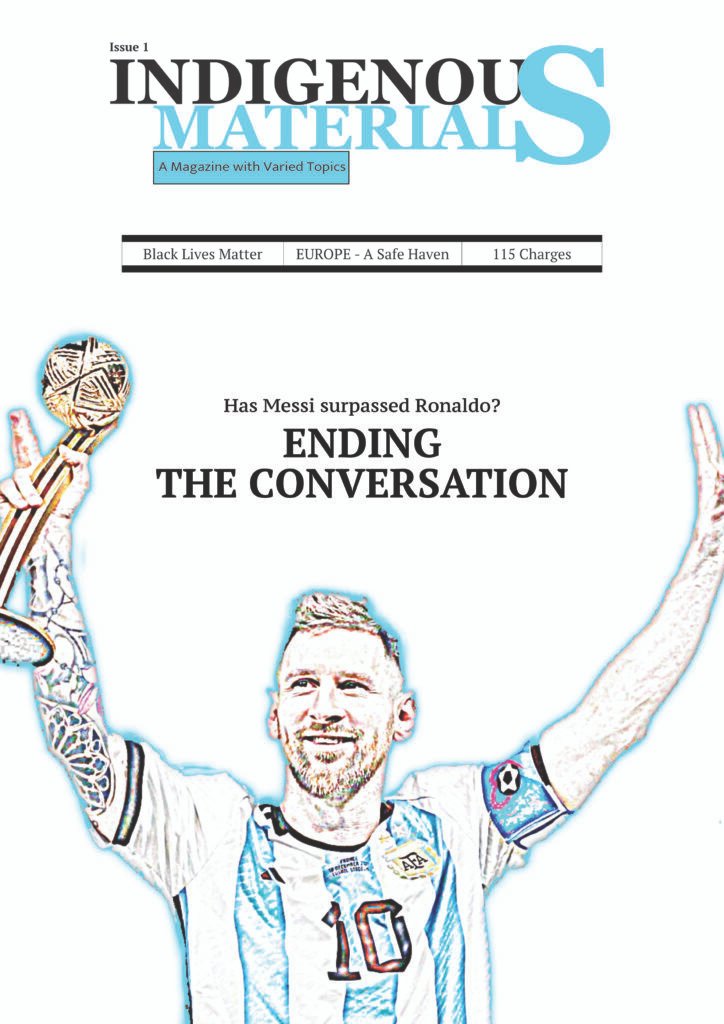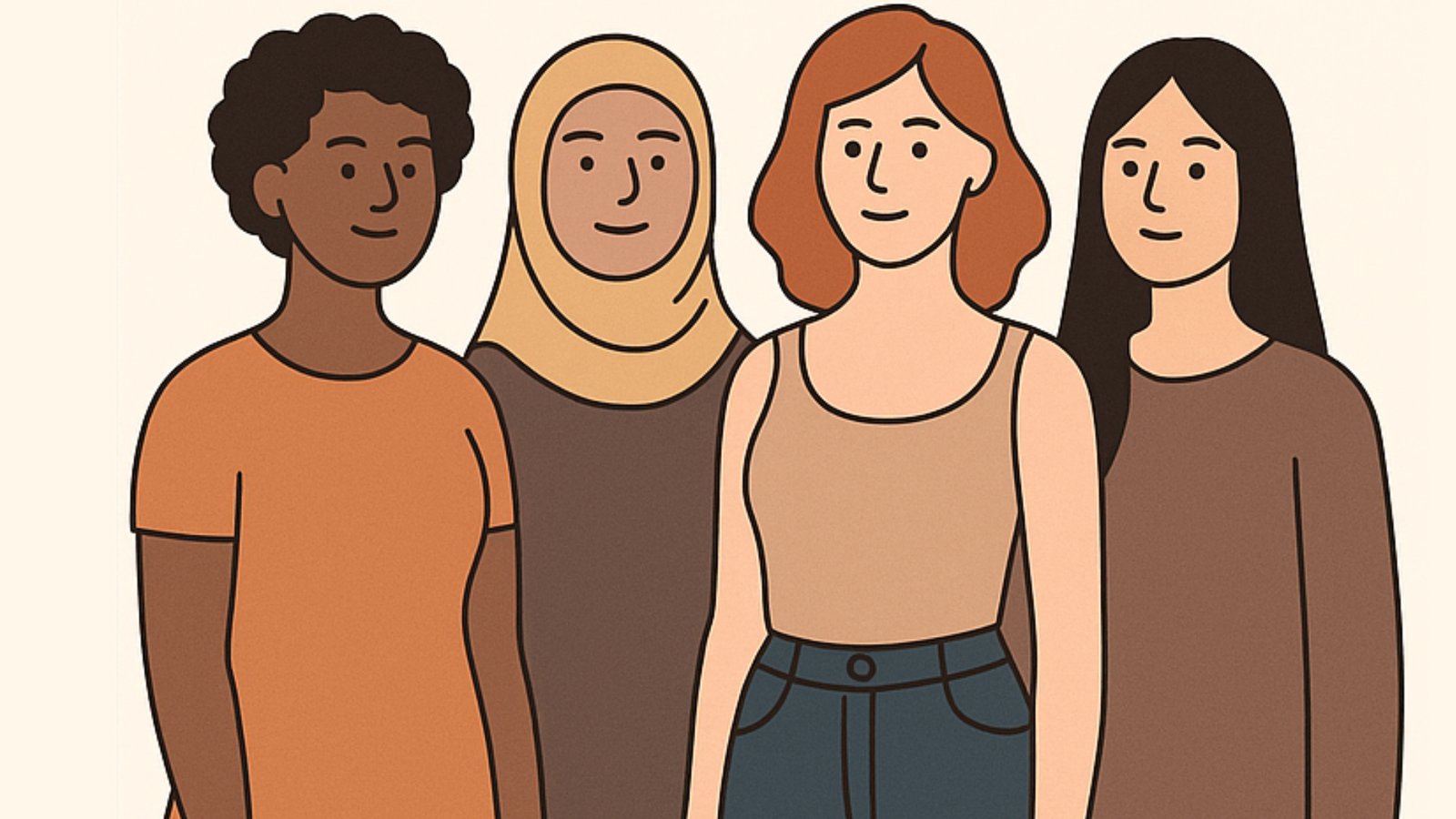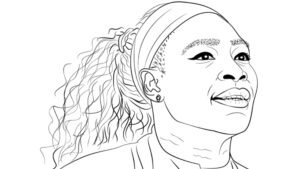Changing the Narrative
There exists a widely held yet often unchallenged analogy: that beautiful people are naturally drawn to one another. This comparison subtly enforces a misleading narrative that beauty must conform to a singular, universal ideal. The conceptualisation of beauty is persistently projected into our minds, compelling conformity despite the reality that genetics alone prohibits uniformity. As a result, perceptions of beauty are shaped not by individuality but by societal expectations, turning beauty into an agenda or a topic of constant scrutiny.
Beauty standards have increasingly become dictated by artefacts: visual, cultural, and commercial representations that are consumed en masse. These artefacts have shifted the focus away from a personal, human connection to something performative and marketable. In doing so, we have evolved into admirers of socialite beauty icons, whose curated appearances redefine how we assess and value beauty.
A broader spectrum of beauty exists, one that deserves exploration and discussion. We must examine what these imposed standards uphold and how they shape the identities of those who strive to emulate them. True beauty should be rooted in emotion and authenticity, not in mass perception or media portrayal. Unfortunately, media imagery continues to dominate our understanding, often fostering unrealistic and exclusionary ideals.
When beauty becomes idolised, it risks transforming into a form of worship. Admirers may try to mirror the image of their chosen icons, resulting in a cult-like desire for sameness. This phenomenon creates division between those who ‘fit the look’ and those who do not. Such division stifles self-expression, as people are compelled to conform rather than follow their aesthetic instincts. Creativity suffers when individuals no longer feel free to define beauty for themselves, particularly in areas like fashion and personal grooming.
The Europeanisation of beauty remains a concerning issue. Historically rooted in Aryan ideals once promoted by the Nazi regime, these standards present a narrow and exclusionary portrait of what it means to be beautiful. By implying that only certain features or skin tones meet the criteria, a harmful precedent is established; one that marginalises and devalues diverse forms of beauty. The persistent dominance of Eurocentric standards reflects a legacy that predates the fashion industry itself.
Today, multinational corporations continue to enforce these ideals with the same rigidity as governmental laws. Their influence, amplified by marketing and media, persuades the masses to accept these norms as aspirational. A culture of “looking good” has evolved into one of performance and self-surveillance, in which physical appearance is constantly judged.
Corporate culture often reinforces these standards further. Women, in particular, are pressured to adhere to specific dress codes: heels, fitted attire, certain hairstyles, just to be taken seriously or praised within professional environments. These expectations prioritise physical presentation over the intrinsic qualities and abilities of individuals, perpetuating inequality under the guise of professional image.
At its core, the issue of beauty is not just about appearance—it is about the deeper moral conflict between authenticity and societal distortion. Beauty should be viewed through cultural lenses, honouring traditions and values that differ across communities. But instead, globalised beauty standards often spark discomfort or avoidance, as people fear offending others by discussing race, colour, or ethnicity in relation to attractiveness.
Beauty is inherently subjective. Every individual holds a unique interpretation of what is beautiful, informed by personal experiences and cultural background. It cannot and should not be defined by a single, objective standard. To believe otherwise is to reduce a deeply emotional and intangible quality into something rigid and quantifiable.
Although beauty might not be explicitly discussed in every conversation, it permeates everyday life. In workplaces, social settings, and digital platforms, people constantly comment on looks, often tying their admiration or attraction to perceived beauty. This ongoing dialogue reflects not silence, but obsession.
Ultimately, the conversation around beauty needs to evolve. It should embrace diversity, promote self-expression, and reject conformity. Only then can we dismantle the outdated ideals and appreciate beauty for what it truly is: deeply personal, fluid, and beautifully human.




